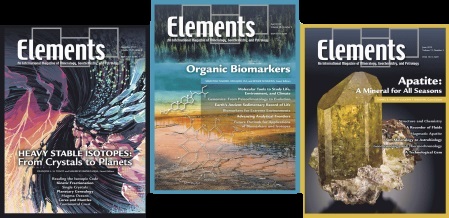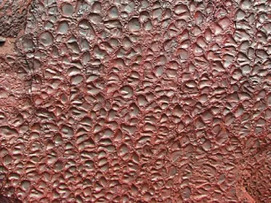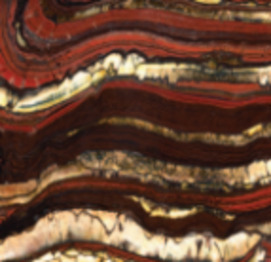Emerging Biogeochemical Views of Earth’s Ancient Microbial Worlds
Microbial processes dominate geochemical cycles at and near the Earth’s surface today. Their role was even greater in the past, with microbes being the dominant life form for the first 90% of Earth’s history. Most of their metabolic pathways originated billions of years ago as both causes and effects of environmental changes of the highest order, such as the first accumulation of oxygen in the oceans and atmosphere. Microbial processes leave behind diverse geochemical fingerprints that can remain intact for billions of years. These rock-bound signatures are now steering our understanding of how life coevolved with the environments on early Earth and are guiding our search for life elsewhere in the universe.
Emerging Biogeochemical Views of Earth’s Ancient Microbial Worlds Read More »



